HASHSIS,MARIJUNA,GANJA,WEED,CANNABIS (LEGAL OR ILLEGAL) BENIFITS OR HAMRMFUL
I am writing my research in short description,
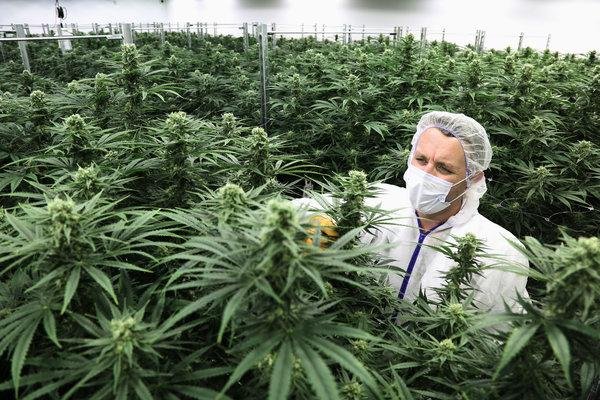
QUESTION ARISES HERE?
should be legal everywhere?
is it harmful OR advantageous?
the old history of marijuana in NEPAL.
Argentina – Status: CBD legalized/Partially medically legalized/Decriminalized
Medical cannabis has been legal in Chubut and Santa Fe Provinces since late 2016. In March, the Argentinian senate legalized cannabidiol (CBD) oil for treatment of certain conditions, including epilepsy. The national medical authorities are the only group allowed to produce and distribute the medicine.
Australia – Status: Medically legalized/Partially decriminalized
Federally legalized production of MMJ on Feb. 24, 2016, and use of MMJ on Nov. 1, 2016. First federal research license granted Feb. 17, by The Office of Drug Control in the Federal Department of Health.
Canada – Status: Full federal legalization
Canada legalized medical cannabis use and cultivation in 2001. The program, which licenses cannabis producers, is regulated by the Marijuana for Medical Purposes Regulations by Health Canada. The country is preparing to legalize adult-use by July 1, 2018.
Chile – Status: Medically legalized
Chile legalized the cultivation of medical cannabis in 2014. Cultivators must get a license from the Chilean Agriculture Service. Sale of medical cannabis is only allowed through prescription at pharmacies.
Colombia – Status: Medically legalized/Decriminalized
On Dec. 22, 2015, President Juan Manuel Santos signed a bill into law to regulate the medical cannabis industry. It is now fully legal to grow, process, import and export medical cannabis and cannabis derivatives if you possess a federal license from the National Narcotics Council and/or the health ministry.
Croatia – Status: Medically legalized
Legal for certain conditions such as cancer, multiple sclerosis, AIDS. MMJ is currently imported.
Czech Republic – Status: Medically legalized
Since 2013, MMJ has been legal in the Czech Republic. In the first year of the program, federal authorities imported medical cannabis products to sell at pharmacies. Today, licensed cultivators grow cannabis for the state.
Germany – Status: Medically legalized/Decriminalized
Earlier this year, Germany began importing medical marijuana (MMJ) from Canada as part of a recently expanded program. Potential cultivators are vying for government licenses, and current patients may pick up their prescriptions at pharmacies.
India – Status: Federally illegal, but legal in some states
While cannabis (often called “ganja” in India) remains federally illegal, it is reportedly widely tolerated, and several states have their own laws legalizing cannabis for possession/use or sale.
Israel – Status: Medically legalized
Long a center for cannabis research, Israel legalized medical marijuana in the 1990s. In 2004, it began experimenting with THC as a treatment for PTSD in its military members. There are currently eight licensed producers, and patients can get their prescriptions filled in company stores or medical centers.
Italy – Status: Medically legalized
Italy legalized cannabis for medical use in 2013. Currently, production is limited to a military operation in Florence called the Military Pharmaceutical Plant. The Army sends final medicine to pharmacies across the country, where patients with prescriptions can purchase medicine.
Jamaica – Status: Partially medically legalized/Decriminalized
In February 2015, an amendment to the Dangerous Drugs Act was passed in the House of Representatives, making minor possession a civil penalty and opening the door for a regulated system of permits and licenses, as well as use for medical, therapeutic and religious purposes.
Macedonia – Status: Medically legalized
Legalized in 2016, medical marijuana in Macedonia is already attracting international investors. A U.S.-based group, NYSK Holdings, has invested in a cannabis oil-producing plant in the Balkan country. Production is regulated by the federal authorities who issue licenses to select operators.
Mexico – Status: Medically legalized/Decriminalized
A recent law change saw cannabis legalized for medical purposes in Mexico. In April, the Mexican Chamber of Deputies approved a Senate measure legalizing the plant for medical use. Regulation and policies are being set by the country’s Health Department.
Philippines – Status: Medically legalized
In March, the country voted to pass House Bill 180, which legalizes and regulates marijuana, in all forms, for medical uses. Medical compassionate care centers must be registered and licensed with the Department of Health (DOH) to acquire, posses, cultivate, manufacture, deliver, supply and dispense the drug. Entities can also register with the DOH to conduct scientific and medical research.
Poland – Status: Partially medically legalized
While cannabis is still illegal in Poland, health authorities have been issuing reimbursements for the purchase of medical cannabis. Medical cannabis products are imported from other countries. Currently no laws regulate nor legalize the domestic production of cannabis.
Puerto Rico – Status: Medically legalized
An executive order signed by the governor legalized the medical use of cannabis in 2015. Only groups licensed by the U.S. territory may cultivate medical cannabis. Dispensary sales began early this year.
Turkey – Status: Medically legalized
Turkey legalized cannabis for medical uses in October 2016. Cultivation is allowed in select provinces, although any province can host a cultivation facility for scientific purposes if the federal authorities allow it. Licenses are government-controlled and valid for three years.
Uruguay – Status: Legalized
Uruguay legalized cannabis in all forms in 2013. Consumers must be 18 years old or older, and residents of Uruguay and must be registered with federal authorities. Cannabis sold in the country is produced by the federal government.
Nearly 70 per cent of Canadians are in favour of marijuana legalization, according to a new poll.
A recent Nanos survey shows 43 per cent of Canadians say they support the legalization of marijuana, while 26 per cent somewhat support the idea.
Only 26 per cent of Canadians either oppose or somewhat oppose the idea.
The poll, which was commissioned by CTV News, includes responses from 1,000 Canadians aged 18 or older and was conducted between May 27 and June 1, 2016.
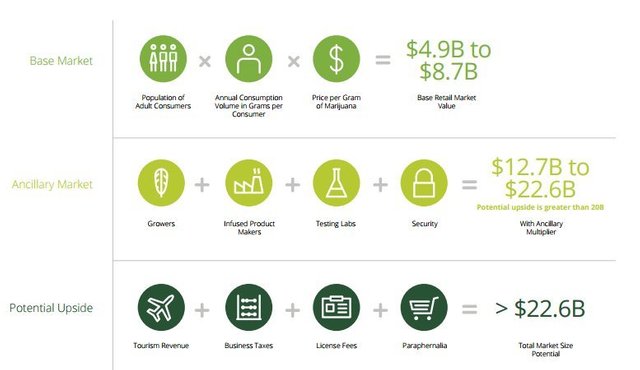
Even though some medical benefits of smoking pot may be overstated by advocates of marijuana legalization, recent research has demonstrated that there are legitimate medical uses for marijuana and strong reasons to continue studying the drug's medicinal uses.
Even the NIH's National Institute on Drug Abuse lists medical uses for cannabis.
There are at least two active chemicals in marijuana that researchers think have medicinal applications. Those are cannabidiol (CBD) — which seems to impact the brain without a high— and tetrahydrocannabinol (THC) — which has pain relieving properties and is largely responsible for the high.
But scientists say that limitations on marijuana research mean we still have big questions about its medicinal properties. In addition to CBD and THC, there are another 400 or so chemical compounds, more than 60 of which are cannabinoids. Many of these could have medical uses. But without more research, we won't know how to best make use of those compounds.
More research would also shed light on the risks of marijuana. Even if there are legitimate uses for medicinal marijuana, that doesn't mean all use is harmless. Some research indicates that chronic, heavy users may have impaired memory, learning, and processing speed, especially if they started regularly using marijuana before age 16 or 17.
For some of the following medical benefits, there's good evidence. For others, there's reason to continue conducting research.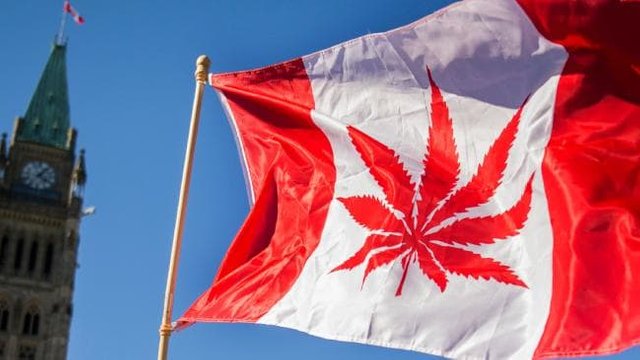
ABOUT NEPAL
The immediate effects of taking marijuana include rapid heart beat, disorientation, lack of physical coordination, often followed by depression or sleepiness. Some users suffer panic attacks or anxiety.22
But the problem does not end there. According to scientific studies, the active ingredient in cannabis, THC, remains in the body for weeks or even months.23
Marijuana smoke contains 50% to 70% more cancer-causing substances than tobacco smoke.24 One major research study reported that a single cannabis joint could cause as much damage to the lungs as up to five regular cigarettes smoked one after another.4 Long-time joint smokers often suffer from bronchitis, an inflammation of the respiratory tract.25
The drug can affect more than your physical health. Studies in Australia in 2008 linked years of heavy marijuana use to brain abnormalities.26 This is backed up by earlier research on the long-term effects of marijuana, which indicate changes in the brain similar to those caused by long-term abuse of other major drugs. And a number of studies have shown a connection between continued marijuana use and psychosis.27
Marijuana can change the structure of sperm cells, deforming them.
Thus even small amounts of marijuana can cause temporary sterility in men.28 Marijuana use can also disrupt a woman’s menstrual cycle.29
Studies show that the mental functions of people who have smoked a lot of marijuana tend to be diminished. The THC in cannabis disrupts nerve cells in the brain, affecting memory.30
OLD HISTORY OF GANJA IN NEPAL![eden hasis.jpg]
(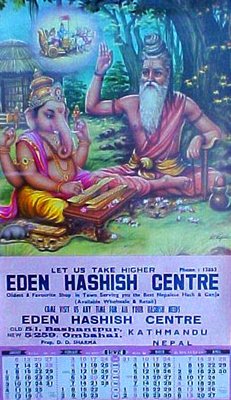 )
)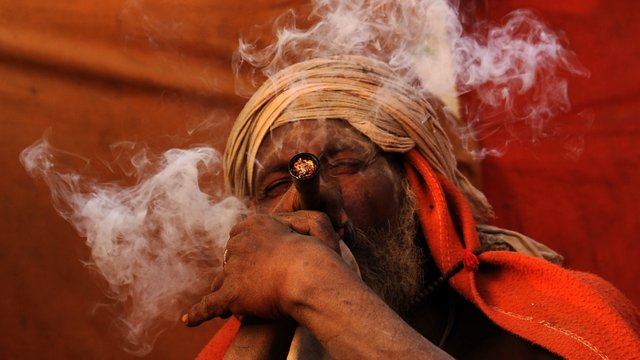
Nepal has a long history of marijuana use. Marijuana would be produced as cash crop in some districts in the plains like Bara, Parsa, Siraha, Dhanusha and Mahottari and some other central and western hilly districts. It has been said that Nepali marijuana had built its brand in India and other countries during the Second World War. Foreign sadhus (hermits) would flock to Kathmandu to consume marijuana at the beginning of the Hippie era. There was no legal framework in place to look after it then. Kathmandu had around 30 shops dealing in marijuana and hashish then. The foreigners would reach marijuana shops in Ason and New Road of Kathmandu to consume branded marijuana.
Following its increasing trade, the then government brought Narcotic Drugs Act in 1961, and the following year, made it mandatory to have a license to produce, sell, and export and import it. The government launched a clampdown on its production and trade since 16 July, 1973 under pressure from the United Nations. This happened at a time when the marijuana market had begun contributing a big share to revenue collection inNepal, and when other Asian and western countries had not banned it. But the Narcotic Control Board of the UN had categorized marijuana as a hard drug like heroin then.
Marijuana has been accepted traditionally in the Nepali society. Our ancestors would use and consume marijuana to treat insomnia, body pains and boredom, and domesticated animals. It is also used as alms for hermits, and as necessary ingredients to conduct various Hindu rituals. Its use follows Hindu religion in Nepal. There is a tradition to consume hemp, an edible preparation of cannabis, during Hindu festival Holi in Nepal and India.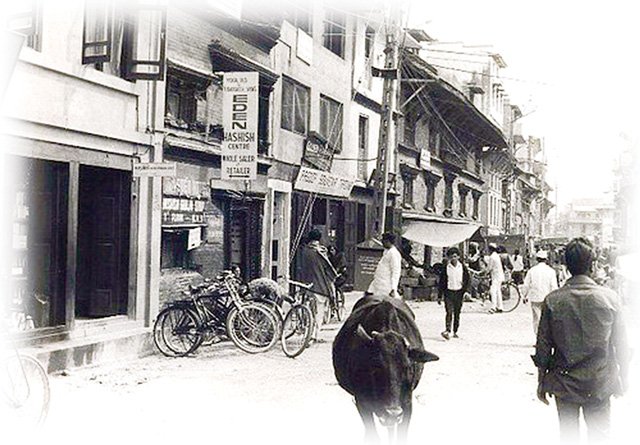

When I hear the word 'weed,' I remember rummaging through my messy college dorm room in search of a Ziplock baggie with enough flower inside for a spliff. That word reminds me of Pink Floyd posters hung with multicolored tacks, feeling excited about a new South Park episode, and three-hour cases of the giggles as I made the first friends with which smoking rituals were established.
'Cannabis,' on the other hand, sounds like science. It’s new to our colloquial vocabulary; I hadn’t heard of this word until I was decidedly into weed and looked at its plant genus on a Wikipedia page. ‘Cannabis’ is something more serious sounding than ‘pot’–it doesn’t like like something you chug while hanging upside down at a tailgate. It sounds like something that requires a degree of responsibility and esteem, even; ‘cannabis’ doesn’t sound like a habit one ought to outgrow upon adulthood.
KNOW ABOUT IT BEFORE U USE IT....
ITS NOT PROMOTIONAL ADVERTISEMENT OF HASHISH
KNOWLWGEABLE CONTENT FROM DIFFERENT SOURCE..
THANK YOU,,,,,,,,,,,,,
Hello @mucaselamsal! This is a friendly reminder that you have 3000 Partiko Points unclaimed in your Partiko account!
Partiko is a fast and beautiful mobile app for Steem, and it’s the most popular Steem mobile app out there! Download Partiko using the link below and login using SteemConnect to claim your 3000 Partiko points! You can easily convert them into Steem token!
https://partiko.app/referral/partiko
Congratulations @mucaselamsal! You received a personal award!
You can view your badges on your Steem Board and compare to others on the Steem Ranking
Vote for @Steemitboard as a witness to get one more award and increased upvotes!